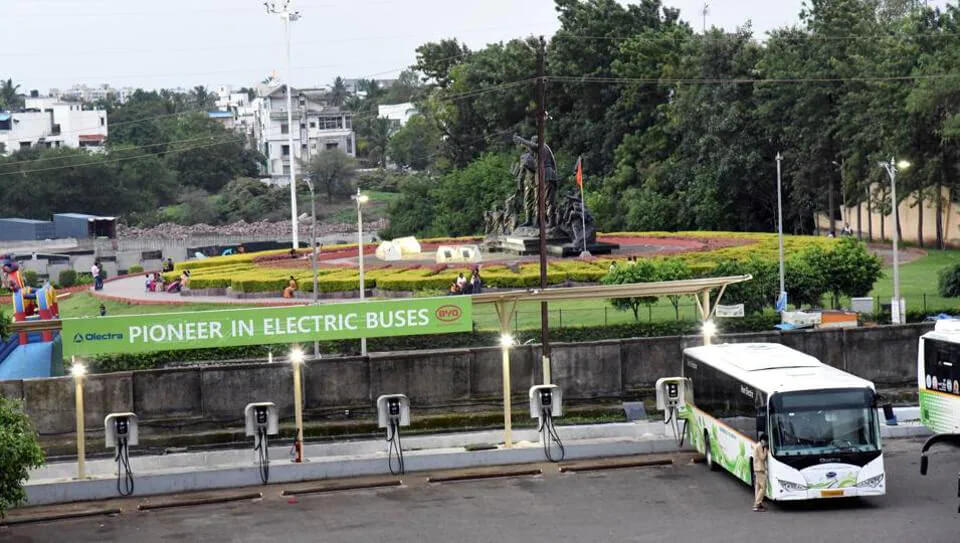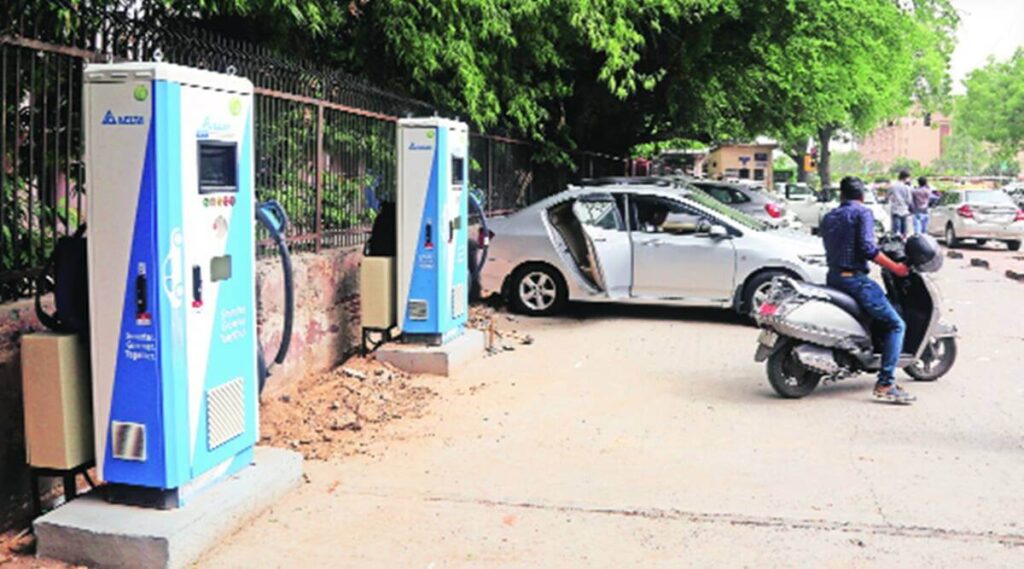
In 2022, the number of EVs doubled in Australia, with Tesla’s Model 3 leading the sales charts for the first time. Despite this growth, EVs still make up a small percentage, accounting for only 3.8% in 2022. However, projections suggest that by 2030, there could be around 3.8 million EVs on Australian roads (ref). This rise in EV numbers will inevitably lead to an increase in electricity demand for charging. This increased demand is putting the pressure on Australian energy grid.
The impact of widespread EV adoption on the Australian energy grid is significant. As more EVs hit the roads, electricity demand will surge, especially during peak hours. This increased demand poses challenges to the grid’s capacity and raises concerns about potential strain and blackouts. This blog discusses the challenges and opportunities that EVs present for the Australian energy grid.
While the surge in EV adoption poses challenges, it also opens up opportunities for grid modernization. The integration of renewable energy sources is another opportunity. By exploring these aspects, we aim to shed light on proactive planning and investment. These strategies can help manage the transition to EVs and leverage clean energy solutions for a sustainable future.
Increased Electricity Demand on the Australian Energy Grid
The widespread adoption of electric vehicles (EVs) in Australia will significantly increase electricity demand. The Australian Energy Market Operator (AEMO) predicts over 6 million EVs on Australian roads within 10 years (ref). This rapid growth in EV numbers will result in a surge in electricity consumption.
The Electric Vehicle Council estimates that if every car on Australia’s roads today became electric, it would lead to a 15% increase in overall electricity demand. While this transition will occur gradually over the next 25 years, it is crucial to ensure that the grid is prepared to handle the growing demand.
One main concern is the potential strain on peak demand times. A trial by Origin Energy and the Australian Renewable Energy Agency (ARENA) with 150 EV users revealed that without intervention, 30% of charging occurred during evening peak hours from 3 pm to 9 pm (ref). Researchers expect that with mass adoption and less engaged drivers, peak consumption could be much higher than 30%.
If EVs made up 80% of new car sales by 2030 and all were plugged in during the evening peak, the instantaneous load could double the peak electricity demand. This scenario highlights the need for proactive measures. We must manage the impact of EVs on the Australian energy grid during peak times.
Challenges and Concerns for the Australian Energy Grid
The widespread adoption of EVs poses significant challenges to the Australian power grid. These challenges include concerns about grid capacity, infrastructure limitations, and increased reliance on fossil fuels. The challenges and concerns for the Australian energy grid include:
Grid Capacity and Potential for Blackouts
The widespread adoption of EVs poses significant challenges to the power grid. Increased demand for electricity requires the grid to handle the surge without compromising stability and reliability.
However, many countries, including Australia, have grid infrastructure that is not designed to handle this increased demand. This can lead to overloads and blackouts.
Infrastructure Limitations
Infrastructure limitations exist in many areas. Outdated grids and insufficient charging stations are significant barriers to widespread EV adoption. The lack of charging infrastructure, especially in rural areas, can make it difficult for people to own and use EVs. This can hinder the transition to a more sustainable transportation system.
Increased Reliance on Fossil Fuels
Increased electricity demand to charge EVs can also lead to greater reliance on fossil fuels. This happens when grids are not yet equipped to handle the increased demand from EVs. As a result, there can be a reliance on fossil fuels to ensure grid stability.
This reliance can undermine the environmental benefits of EVs. It creates a significant challenge for transitioning to a more sustainable energy system.
Solutions to Reduce Pressure on the Australian Energy Grid
Integrating renewable energy sources, smart charging technologies, and grid modernization offers significant opportunities. These can reduce greenhouse gas emissions and promote sustainable transportation. The solution to reduce the pressure on the Australian energy grid includes:
Renewable Energy Sources for EV Charging
Renewable energy sources, such as solar and wind power, offer significant potential for supporting EV charging. These clean energy sources can significantly reduce greenhouse gas emissions and improve air quality by providing a cleaner alternative to traditional fossil fuels. Solar power is becoming increasingly cost-effective and efficient, making it an attractive option for powering EVs.
A study by the Union of Concerned Scientists found that if renewables made up 95% of total power generation, emissions from driving EVs would drop to less than one-third of their current level.
Smart Charging Technologies and Time-of-Use Billing
Smart charging technologies play a crucial role in optimizing EV charging and reducing grid strain. These systems can automatically adjust charging rates and schedules based on real-time power prices and availability. This results in cheaper costs and more effective energy consumption.
Time-of-use billing allows drivers to charge their vehicles during off-peak hours when electricity rates are lower. This further reduces costs and promotes sustainable energy use.
Government incentives and subsidies can help offset demand during the peak period and shift the charging demand to more balanced state.
Grid Modernization and Infrastructure Upgrades
Grid modernization and infrastructure upgrades are essential for supporting widespread EV adoption. These upgrades include integrating smart grids, advanced energy storage systems, and decentralized renewable energy sources. Modernizing the Australian energy grid ensures it can handle increased demand from EVs and reduce reliance on fossil fuels.
A study by the US Department of Energy estimates that EVs may use 60% of the input energy while driving. This is twice as much as traditional fossil fuel-based vehicles (ref).
Conclusion
The impact of EVs on the Australian energy grid is multifaceted. It presents both challenges and opportunities. As EV numbers grow, it is crucial to consider increased electricity demand, particularly during peak hours. We must address the potential strain on the Australian energy grid.
With proactive planning and investment, we can manage the transition to a sustainable transportation sector. EV integration can improve grid stability, reduce greenhouse gas emissions, and lower operational costs.

SMART EV CHARGING
Charging Made Easy – Empowering EVs with Smart Apps
By leveraging smart charging technologies, time-of-use billing, and grid modernization, we can ensure a seamless transition to a cleaner and more efficient energy system.



